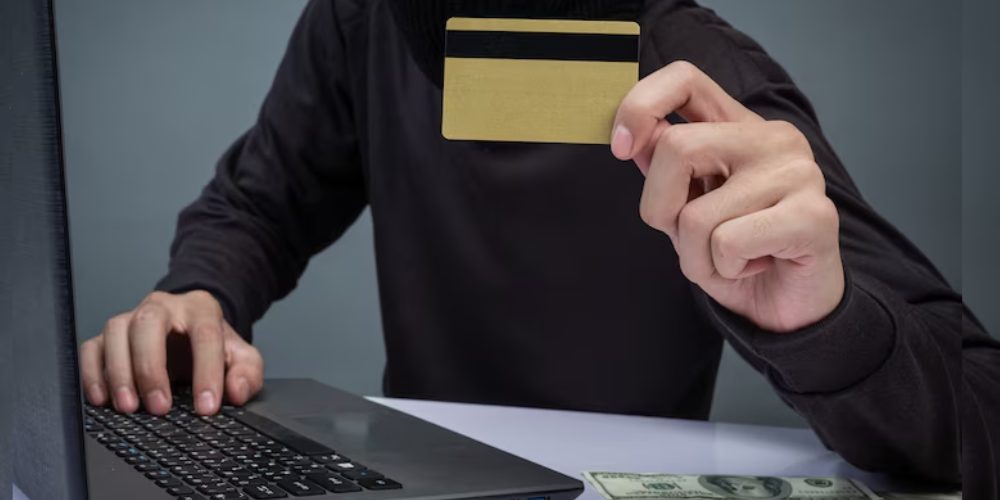Shopping for deals and collecting reward points can feel like a win. Whether it's snagging a “buy two, get one free” promo or booking flights to rack up miles, these perks make spending feel strategic. But there’s a growing habit behind these behaviors that’s hitting wallets harder than many realize — and it’s called spaving.
This clever-sounding term blends "spending" and "saving," and it’s become incredibly common across the U.S. Shoppers are encouraged to spend more to save more, but what often gets overlooked is the hidden cost behind this mindset. Spaving might look like smart budgeting on the surface, but underneath, it’s a trap that can derail financial goals.
What Is Spaving and Why It’s So Addictive
Spaving is the idea of spending beyond your initial budget just to claim a deal or reward. It shows up everywhere — from retail stores offering free shipping thresholds to loyalty programs promising exclusive perks.
Here’s how spaving sneaks into everyday purchases:
- Buying extra items to qualify for a discount — even if they weren’t on the list.
- Spending more on a brand-specific credit card to earn points or cash back.
- Choosing an airline or hotel solely for the rewards, despite better or cheaper options.
Retailers and service providers love spaving behaviors because they drive more spending. In exchange, customers feel like they’re making savvy decisions — even if they end up paying more than intended.

Instagram | gpointstudio | Spending beyond your budget to achieve a deal or reward is known as spaving.
Nick Ewen, senior editorial director at The Points Guy, explained it well in a recent interview. He noted that once travelers experience benefits like free upgrades or baggage allowances, they often chase those rewards without comparing options. “There’s an emotional pull,” he shared. “Once people taste those perks, they’re hooked — even if it’s not the best deal overall.”
The Hidden Costs Behind the Rewards
While loyalty programs and reward points offer appealing perks, their actual value is slipping. Take Hotels.com as an example — their rewards value dropped from 10% to just 2%. That means travelers now have to spend significantly more to receive the same benefits.
The U.S. Department of Transportation launched a probe into airline and credit card rewards last year, highlighting the lack of transparency in how points convert to real-world value. A spokesperson pointed out that consumers often treat their reward points like part of their savings — even though companies can devalue them at any time without notice.
Here’s the issue: many people can’t easily tell what their points are worth. So, they might choose to redeem 20,000 points for a flight worth $400, thinking it’s a steal. But in reality, those points might only stretch to 2 cents each — not exactly a bargain if the same flight is on sale elsewhere.
How Spaving Hurts Long-Term Budgeting
One of the biggest dangers of spaving is its effect on long-term financial health. People often overspend just to access small perks or avoid minor charges — like dropping an extra $50 on a site just to dodge a $10 shipping fee. Over time, those decisions add up.
Spaving can result in maxed-out credit cards, unnecessary purchases, reduced savings, and even clutter from duplicate or unneeded items.
On top of that, marketers add fuel to the fire by promoting flash sales, loyalty tiers, or points that expire. These tactics create urgency, making shoppers act fast — often without thinking through the math.
According to the 2025 Consumer Trends Index from Marigold, while 75% of U.S. consumers are willing to spend more on brands they trust, 36% have already switched to alternatives in the past year. Loyalty is no longer guaranteed.
Smarter Shopping Without Falling Into the Trap

Freepik | Silence notifications and ditch marketing emails to avoid digital overwhelm.
To avoid the pitfalls of spaving, the first step is awareness. Before clicking add to cart or booking with a points-focused company, stop and do the math. Would the purchase still make sense if there were no points or perks?
A few helpful strategies:
- Stick to a budget and plan purchases in advance
- Turn off notifications and unsubscribe from marketing emails
- Avoid storing payment details online to prevent impulse buys
- Compare the value of rewards to actual dollar amounts
If a loyalty program is part of the plan, it’s wise to stay flexible. Rather than staying locked into one airline, hotel, or retailer, look for the best deal, not just the one with the points.
As Ewen put it, “Being loyal to a single brand only makes sense if the math checks out. Otherwise, pick what’s most affordable and fits your needs.”
Think Twice Before Spending to “Save”
Spaving might feel like a smart way to stretch your dollar, but it often leads to overspending under the illusion of savings. In many cases, the rewards don’t outweigh the cost — especially as companies quietly reduce the value of loyalty programs.
Taking a more mindful, numbers-based approach to purchases can help protect your wallet and prevent unnecessary financial stress. Instead of chasing perks, choose purchases that align with real needs and actual value.


